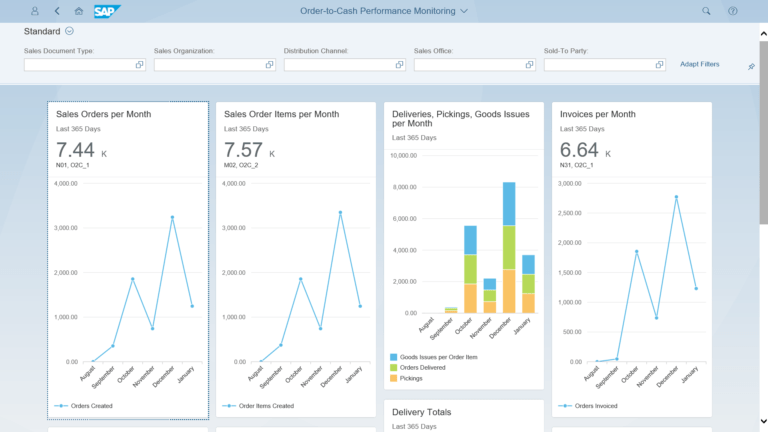The latest update of the S/4HANA Cloud application of the ERP specialist, version 1811, shows that the company is increasingly committed to software-based process automation or RPA, according to ZDNet.
With RPA, the ERP giant wants to further automate many repetitive processes within its product portfolio. In concrete terms, RPA ensures that processes with a high volume and a highly repetitive character are fully automated. In addition, this technology can also replace human actions, such as the typing of data, between different ICT systems.
The choice of SAP for the further deployment of RPA is remarkable because it previously indicated that it is more comfortable with intelligent process automation (IPA) because it is more useful for changing data flows. IPA wants to use the ERP specialist mainly for automating content changes, says ZDNet.
More machine learning, AI and process automation
SAP quarterly updates should add more machine learning, artificial intelligence and process automation to the various solutions. By 2020, approximately half of the product portfolio should be automated.
56 new algorithms
This month’s latest version adds a total of 56 new automation algorithms to the SAP S/4HANA Cloud solution. In release 1811, various automation scenarios were added for companies in the manufacturing industry and business services. Among other things, automated functionality has been added for better matching of supply and demand, a better fullfilment and more insight into the supply chain. In addition, the latest release also includes HR tools to ensure that projects are carried out by people with the right capabilities.
Expansion of APIs
The ERP specialist also announced that the number of APIs for the cloud-based application will be further increased. At the moment, the suppliers’ most important solution has more than 3,000 APIs. There are no less than 1,800 more since the last update.
This news article was automatically translated from Dutch to give Techzine.eu a head start. All news articles after September 1, 2019 are written in native English and NOT translated. All our background stories are written in native English as well. For more information read our launch article.